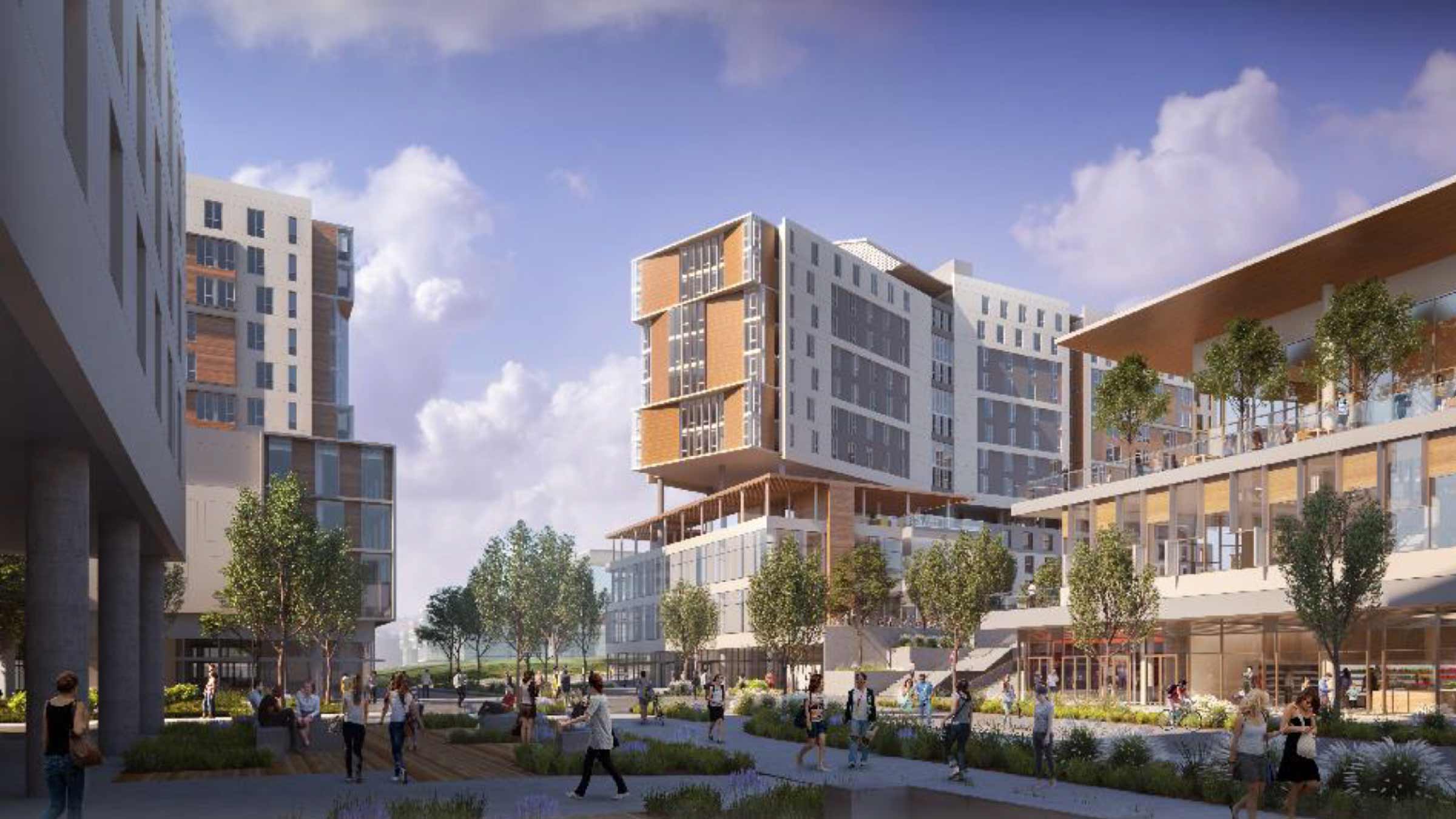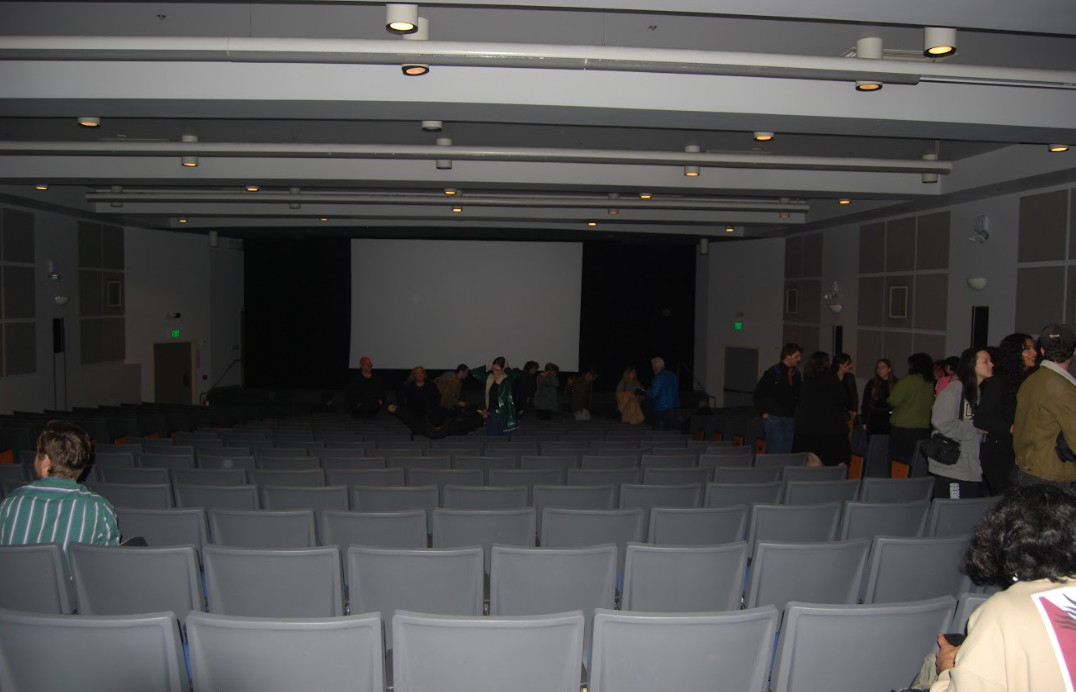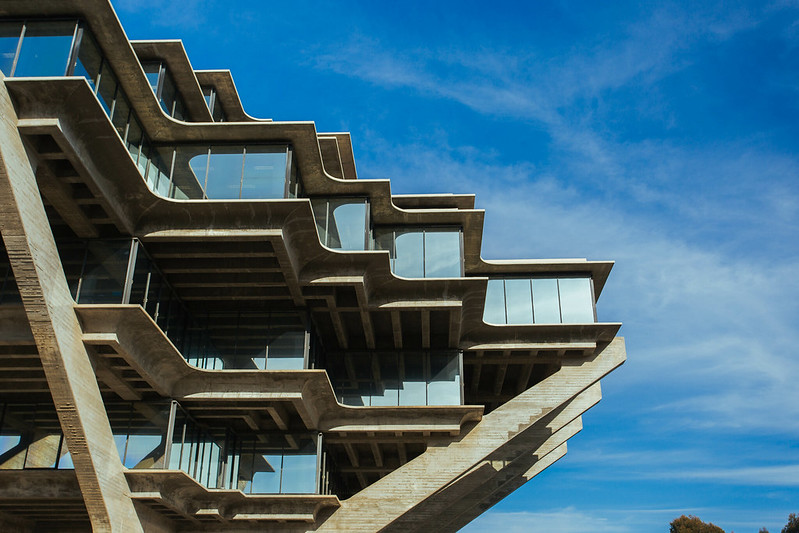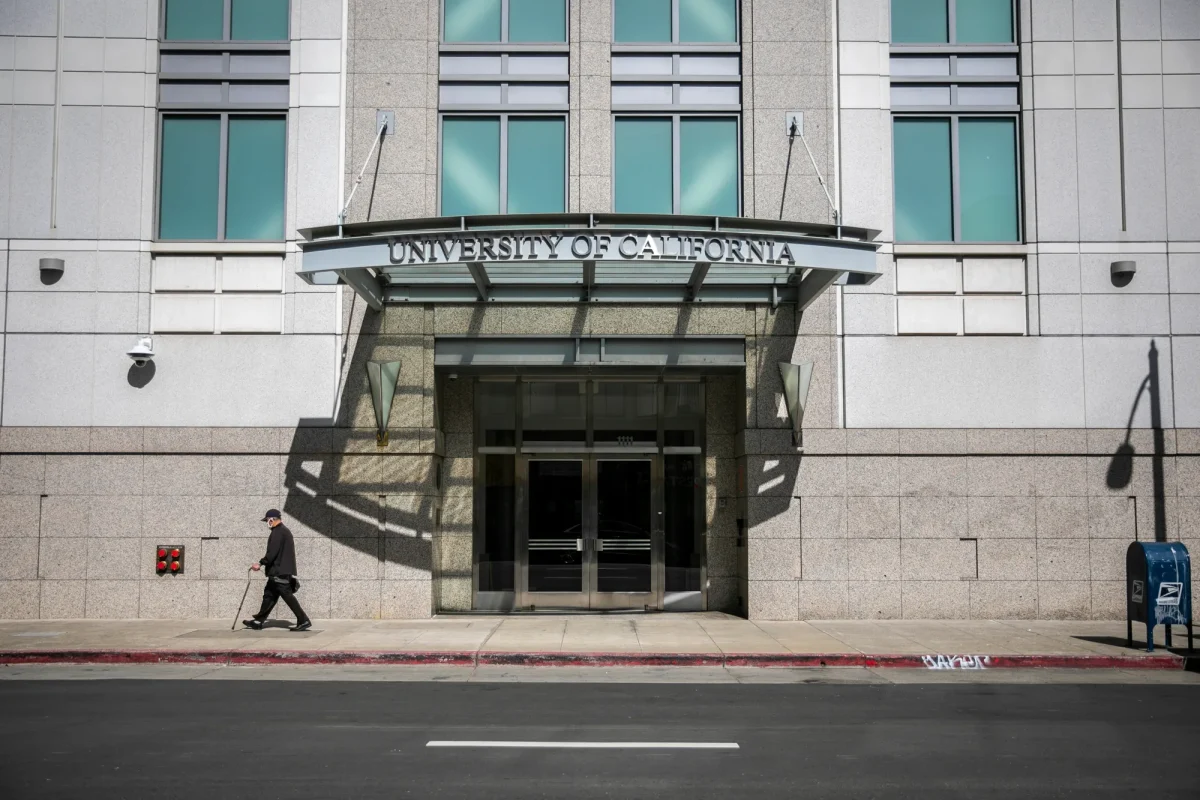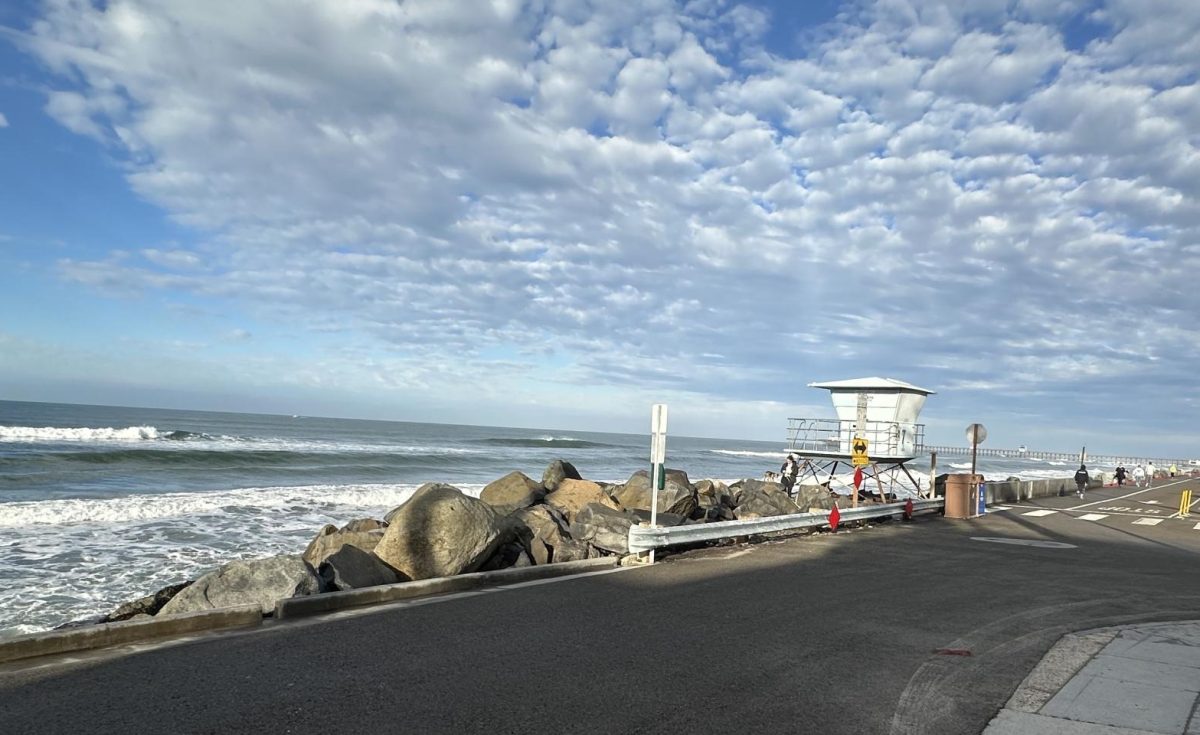UC San Diego experienced a record high student population of 35,816 in Fall 2016, and is projected to accommodate 10,000 more students by 2035. To ease new parking challenges, UCSD Transportation Services have restricted first-year quarterly S parking permits as of last year.
However, ongoing construction work around campus will reduce parking availability by shutting down many parking lots.
Back in January, a UCSD Parking and Transportation Town Hall discussed regional transportation projects and parking supply changes, indicating that up to 3,400 parking spaces will be either temporarily or permanently displaced between 2016 and 2021.
For example, the North Torrey Pines Living and Learning Neighborhood (NTPLLN) – a planned communal space for future Sixth College students and faculty – will replace existing parking lots P207 and P208 between Muir and Marshall College.
The town hall presentation shows that 975 parking spaces in lots P207 and P208 will be displaced and that 1,386 parking spaces will be added via the construction of the Osler parking structure in 2018. The structure will replace Lot P604, currently located across from Skaggs School of Pharmacy, which has 250 spaces.
A parking structure in the NTPLLN with 1,200 spaces will be completed between 2019 and 2020.
Laura Margoni, the interim senior director of strategic communications at UCSD, advocated for the long-term benefits of the NTPLLN and other construction projects.
“Once built, NTPLLN will provide much-needed housing, academic and support space as well as a 1,200-space underground parking structure,” she told the UCSD Guardian.
Several other parking structures like the Osler parking structure have been slated for the next two years. The Voigt structure will be constructed in the canyon north of Geisel Library, and will have 800-900 parking spaces.
The town hall estimated a total of 6,100 parking spaces completed by 2021.
“The campus also continues to look for ways to create additional parking spaces, adding temporary surface lots where possible,” Margoni added. It also “offer[s] programs and services that can help ease parking impacts.”
These programs include Lyft FLEX, UC San Diego ProRide, Valet Parking and Triton Rides.
The NTPLLN is an integral part of the Long Range Developmental Plan (LRDP), which the 2018 LRDP update and Environmental Impact Report (EIR) describes as a “general land use plan” that “guides the physical development on campus based on UC San Diego’s academic goals, housing needs, infrastructure needs and sustainability programs through the horizon year.”
The report highlighted a variety of incentives for alternative transportation programs. These include pre-tax payroll deduction benefits, discounted transit-passes, and free shuttle services.
Leony Mijares, the A.S. off-campus senator, talked to the Guardian about her experience at a recent LRDP Open House, citing sustainability as one of the main objectives of the LRDP.
“[T]hey’re building the light rail to increase public transportation and resources to housing,”
she said. “they’re trying to increase the number of students who either use a different mode [of transport] or carpool.”
According to Transportation Services, construction of the MTS Trolly extension will be completed in 2021 and impacts three lots located along Voigt Drive on east campus. It will close P705 and a section of P701 “for the duration of construction,” and close P702 permanently.
Interim Senior Director Margoni also stressed the importance of alternative transportation options, informing the Guardian about a new bike share program and a U-Pass cloud smartphone app for eligible students.
“It is our hope that these various programs and improvements in technology will encourage people to try alternative transportation if they have not before,” she stated.
The LRDP report notes a campus-wide shift to smarter travel in the past few decades. In 2017, 43.1 percent drove alone, while 56.9 percent used alternative transportation. This marks a reduction from 2001, when 65.8 percent of the student body drove alone.
Photo from the UCSD News Center.


